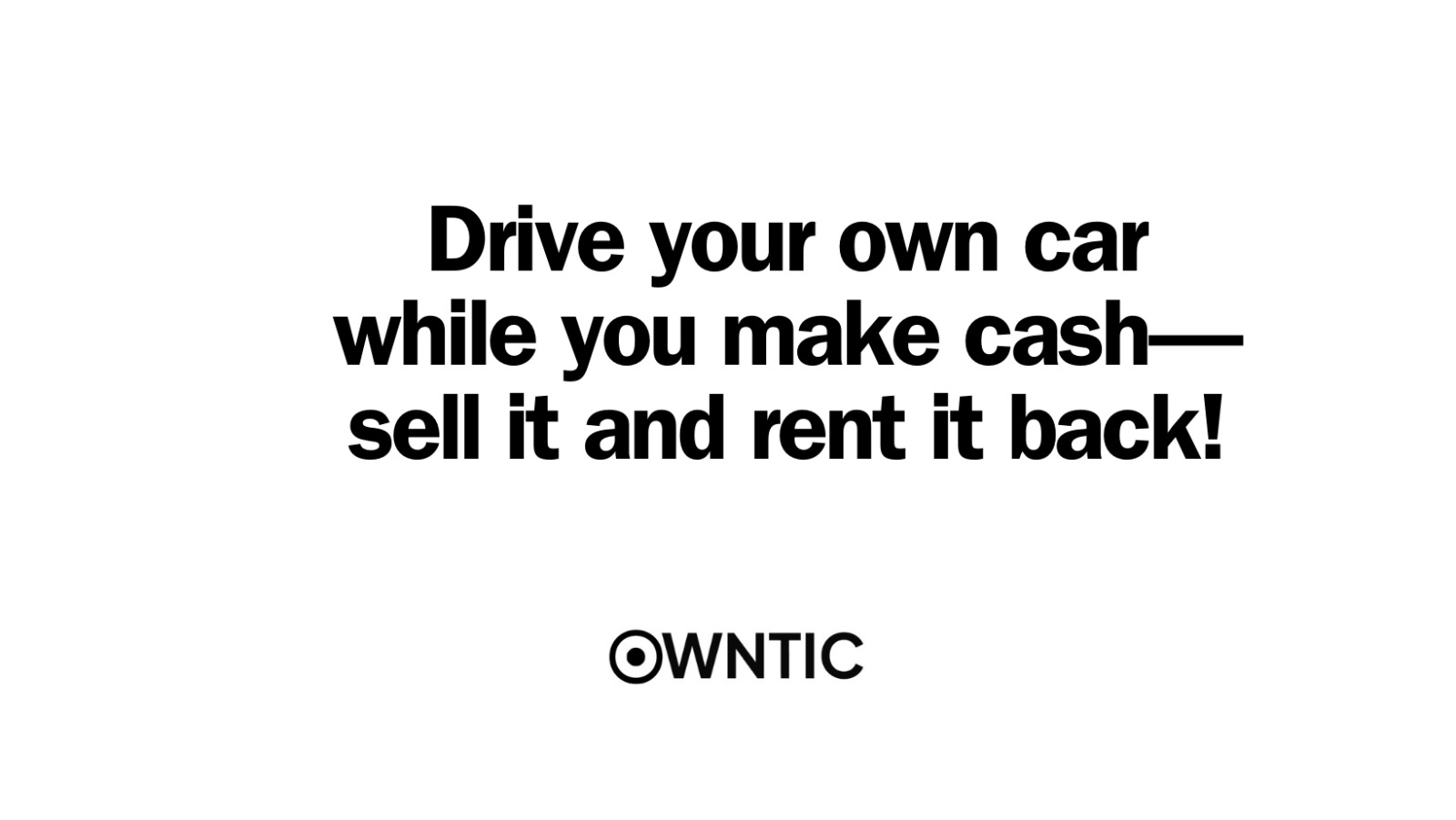Newly Established Website: especially when dealing with high-value transactions.
Dubious Physical Address: Upon investigating the provided physical address, The address led to a small town mechanic shop, rather than a reputable classic car dealership. This mismatch between the online representation and the physical location hinted at potential deception.
Untraceable Contact: Difficulties reaching them. This lack of transparency in communication is a common tactic used by scammers to evade accountability.
Fake Photos and Documentation: The seller, claiming to have a sought-after classic car in stock, provided photos that turned out to be digitally altered. By conducting a reverse image search, Images were stolen from legitimate dealerships, indicating a fraudulent intent to mislead buyers.

Persistent Denial and False Apologies: Despite being caught red-handed, the scammer persisted in denying their fraudulent activities. They offered insincere apologies without acknowledging the harm caused or the need to rectify their actions, highlighting a lack of remorse and integrity.
Inconsistent Information: Throughout the interaction, the scammer provided conflicting information, such as claiming ownership of the car while failing to provide credible proof or explanations for the discrepancies discovered by Hugh.
Verify Seller Credentials: Research the seller’s reputation, physical address, and contact information to ensure legitimacy.
Inspect Documentation: Scrutinize all provided documents, including invoices and vehicle history reports, for authenticity and accuracy.
Demand Transparency: Request additional photos, videos, or independent inspections to validate the vehicle’s condition and existence.
Exercise Caution with Payments: Avoid wire transfers or payments to unfamiliar entities and opt for secure payment methods with buyer protection.
Report Suspicious Activity: Alert relevant authorities or consumer protection agencies about any suspected fraudulent behavior to prevent further scams.
Research Extensively: Always conduct thorough research before making any purchase. Look for reviews from reputable sources and verify the legitimacy of the seller.
Beware of Unrealistic Deals: If a deal seems too good to be true, it probably is. Scammers often lure in victims with incredibly low prices for high-value items.
Again;
Verify Information: Double-check all information provided by the seller. This includes verifying the existence of the dealership or business, checking the VIN number, and ensuring that the paperwork is legitimate.
Trust Your Instincts: If something feels off or if the seller is pressuring you to make a quick decision, step back and reassess the situation. Legitimate sellers will allow you the time and space to make an informed decision.
Use Secure Payment Methods: Avoid making payments through unconventional methods or transferring money directly without proper documentation. Use secure payment platforms that offer buyer protection.
Report Suspicious Activity: If you encounter a suspicious listing or seller, report it to the appropriate authorities or platforms to help prevent others from falling victim to the same scam.
Dubious Physical Address: Upon investigation, discrepancies were found in the provided physical address. Instead of leading to a reputable classic car dealership, it directed to a small-town mechanic shop, suggesting potential deception.
Untraceable Contact: Efforts to contact the seller proved challenging, indicating a lack of transparency in communication. This evasive behavior is a common tactic employed by scammers to avoid accountability.
Fake Photos and Documentation: The seller furnished photos of a coveted classic car that were later revealed to be digitally altered. A reverse image search uncovered their origin from legitimate dealerships, indicating an intention to mislead buyers.
Fabricated Payment Process: The scammer insisted on completing the transaction through a suspicious freight company, raising further suspicions. Sensing foul play, the buyer refrained from proceeding with the payment and instead simulated a fake transaction to gather evidence.
Persistent Denial and Fale Apologies: Despite being confronted with evidence, the scammer continued to deny their fraudulent activities. Their insincere apologies lacked acknowledgment of the harm caused, highlighting a lack of remorse and integrity.
Inconsistent Information: Throughout the interaction, the scammer provided conflicting information, failing to provide credible proof or explanations for discrepancies. This inconsistency further eroded trust in their credibility.
Thanks for reading



